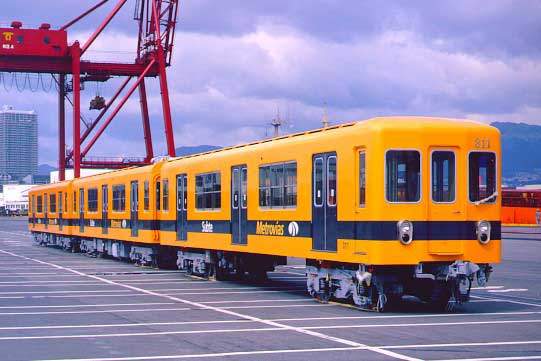Metro construction authority, Subterráneos de Buenos Aires SE (locally called Subte) is expanding the Buenos Aires metro system by adding three new lines, to bring 70% of the population within 400m of a metro station.
As of early July 2009, the work on the lines has been halted due to lack of funds. There is uncertainty about when construction is going to resume.
The network expansion, once complete, will allow an estimated one million more passengers to access this public service. This implies that 57% of the city’s residents will use this transport to move within its network.
During the 1980s, passenger count for the Subte fell significantly. As a result of this it was privatised and is now operated by Metrovías. It quickly started renovating stations and bought new rolling stock to replace older trains, some of which had been in operation since Subte opened.
New metro lines
The three new routes, Lines F, G and I, will add 39.3km to the network, taking it to a total of 93km, including Line H which opened in October 2007. The new lines will be distributed over 56 new stations.
Line F will run from Barracas to Plaza Italia and will include 16 new stations. The planned route length of this line is 10.8km.
Line G will connect Retiro and Villa Park and is 12.1km long with 15 new stations.
Line I will run Parque Chacabuco to Ciudad Universitaria with 18 new stations. The route length is 12.6km.
Line H, connecting Corrientes to Retiro, has seven stations and is 3.8km long.
Reasons for the metro expansion
The new lines will help integrate the subway with other means of transport and also reduce travel times for passengers. With the new lines traffic congestion will reduce significantly and will also result in better local environmental conditions.
The aim is to improve accessibility at critical points and help develop new areas.
It will enhance the business competitiveness of the city and help in its economic progress.
The new lines are set to cover areas with the highest concentration of population and commercial activities.
30-year concessions
Subterraneos de Buenos Aires is taking the projects forward as build-operate-transfer schemes with private sector companies being awarded 30-year concessions in return for contributions made towards the cost of the programme.
The Argentine government will also contribute towards the scheme, together with Line H and extensions to other lines already under construction.










